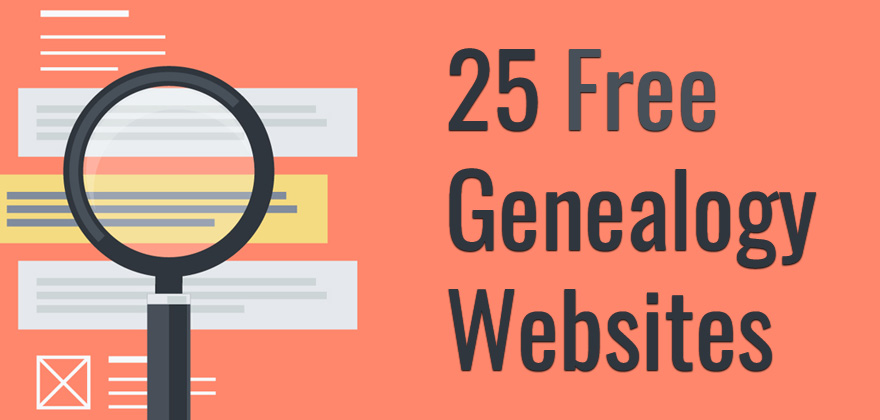
- Find the best genealogy software how to#
- Find the best genealogy software full#
- Find the best genealogy software software#
If all the free avenues have been exhausted, then consider paying for access to other resources.


We recommend using the free websites listed below, starting with the Births, Deaths and Marriages government sites. Government births, deaths and marriage records Look for a program that allows multimedia like videos, photos and audio files so you can include interviews, family photos and scanned certificates or records. The free programs all save files in this format. GEDCOM compatibility allows easy sharing of data with other researchers, and is also needed to upload files to online genealogy sites. Genealogical Data Communication (GEDCOM) is a standardised format for recording family history data. Several features are important in a family tree program. Personal Ancestral File (PAF) is best used with PAF Companion for printing charts and reports, and both can be downloaded for free, while Brother's Keeper is a Windows-only program that can also be downloaded online. One good free option is Gramps, which has a good list of features and is relatively easy to use.
Find the best genealogy software software#
There are both free and paid family history software products that can act as your own family history database.
Find the best genealogy software full#
These can be useful if you want some details but not a full copy or transcript of a certificate. There are also transcription agents, but be sure to only use one licensed by the registry, and check out the cost beforehand. You can pay the births, deaths and marriages registry to conduct a search on your behalf if you don't want to do the searching yourself, but they charge a fee for each search.
Find the best genealogy software how to#
Some groups have their own resources and run seminars to help educate people on how to find out about their ancestry. Joining a family history group can introduce you to others with similar interests and provide help if you run into a dead end with your research. Links for many of these and other sites can be found on the National Library of Australia's family history page. Some other areas for your research include cemetery, war and immigration records newspaper archives for notices convict registers The Australian Institute of Aboriginal and Torres Strait Islander Studies ( AIATSIS) Family History Unit and service records. Local libraries hold copies of births, deaths and marriages records on microfiche. Birth records in NSW can be found online from 1788 to 1911, death records from 1788 to 1981 and marriage records up to 1961, but records for more recent years can only be viewed by those named on the certificate. Be aware though that recent records are restricted by privacy laws. Go to the births, deaths and marriages registries to mine their database for information. Also think about recording your relatives' stories to add a bit of colour to your family tree – most family history software will let you attach multimedia files.

Get as many of the important details as you can, such as names, dates and places. Gather as many family details from living relatives as you can before going online to kick off your search, so that you have somewhere solid to start.


 0 kommentar(er)
0 kommentar(er)
